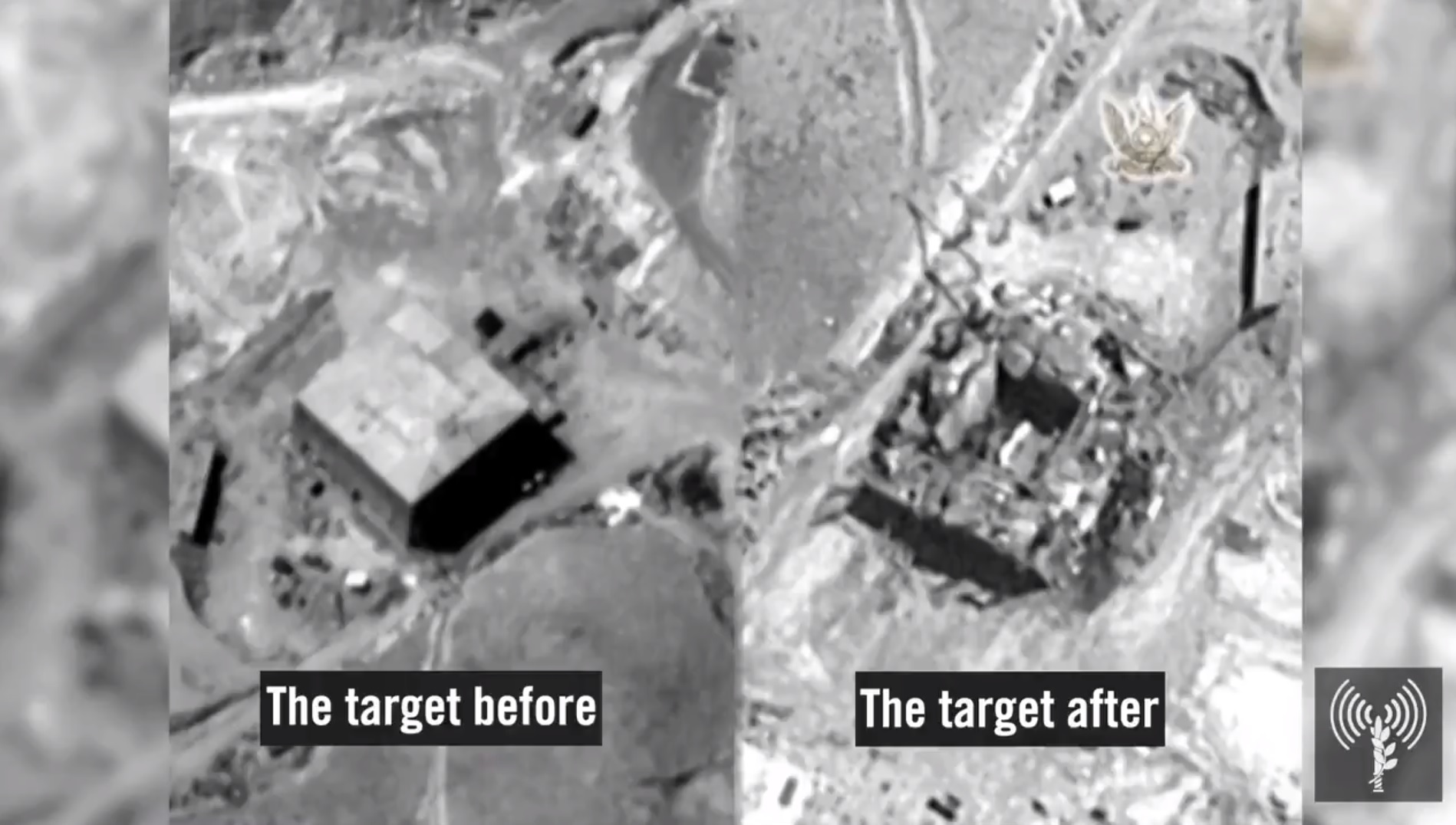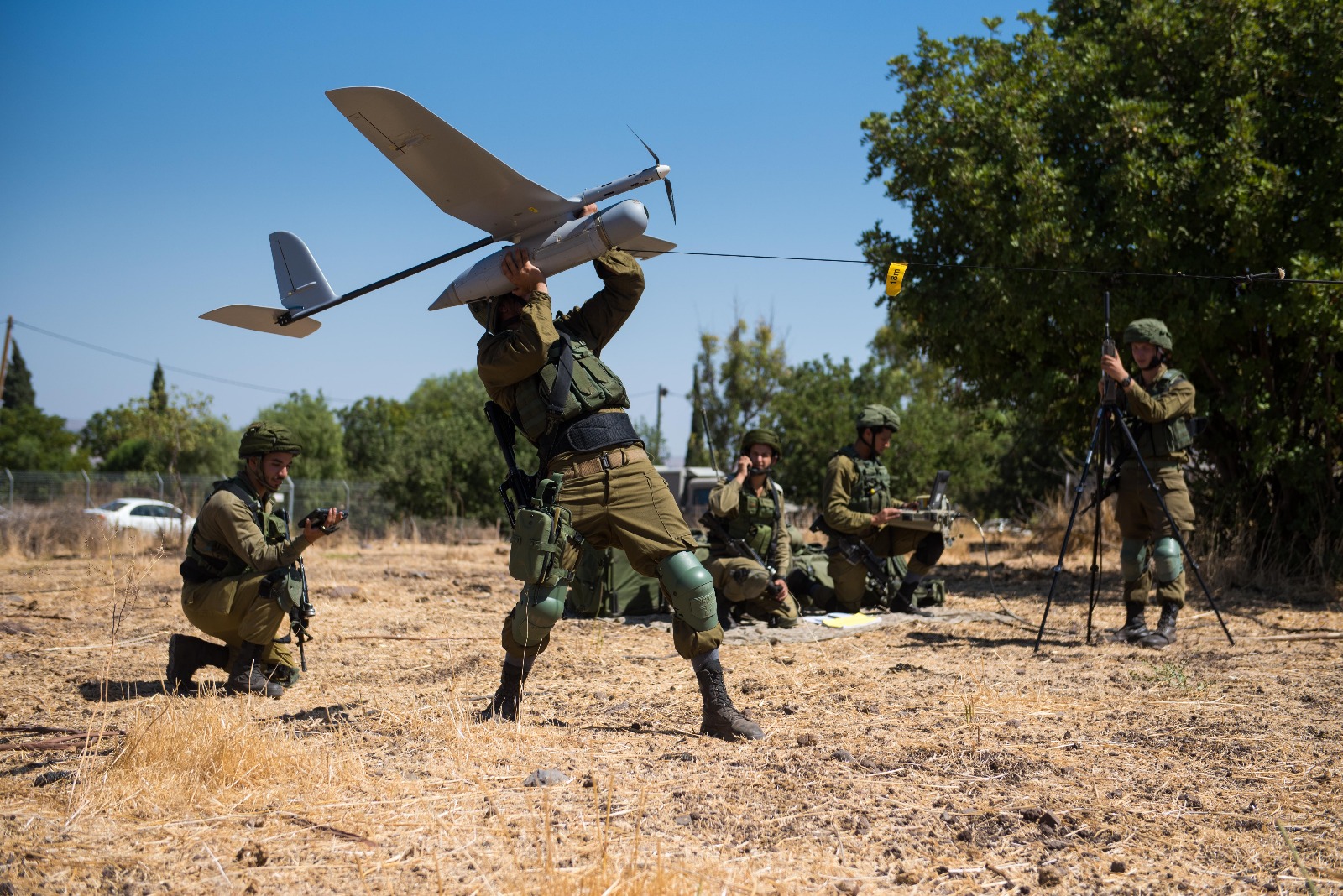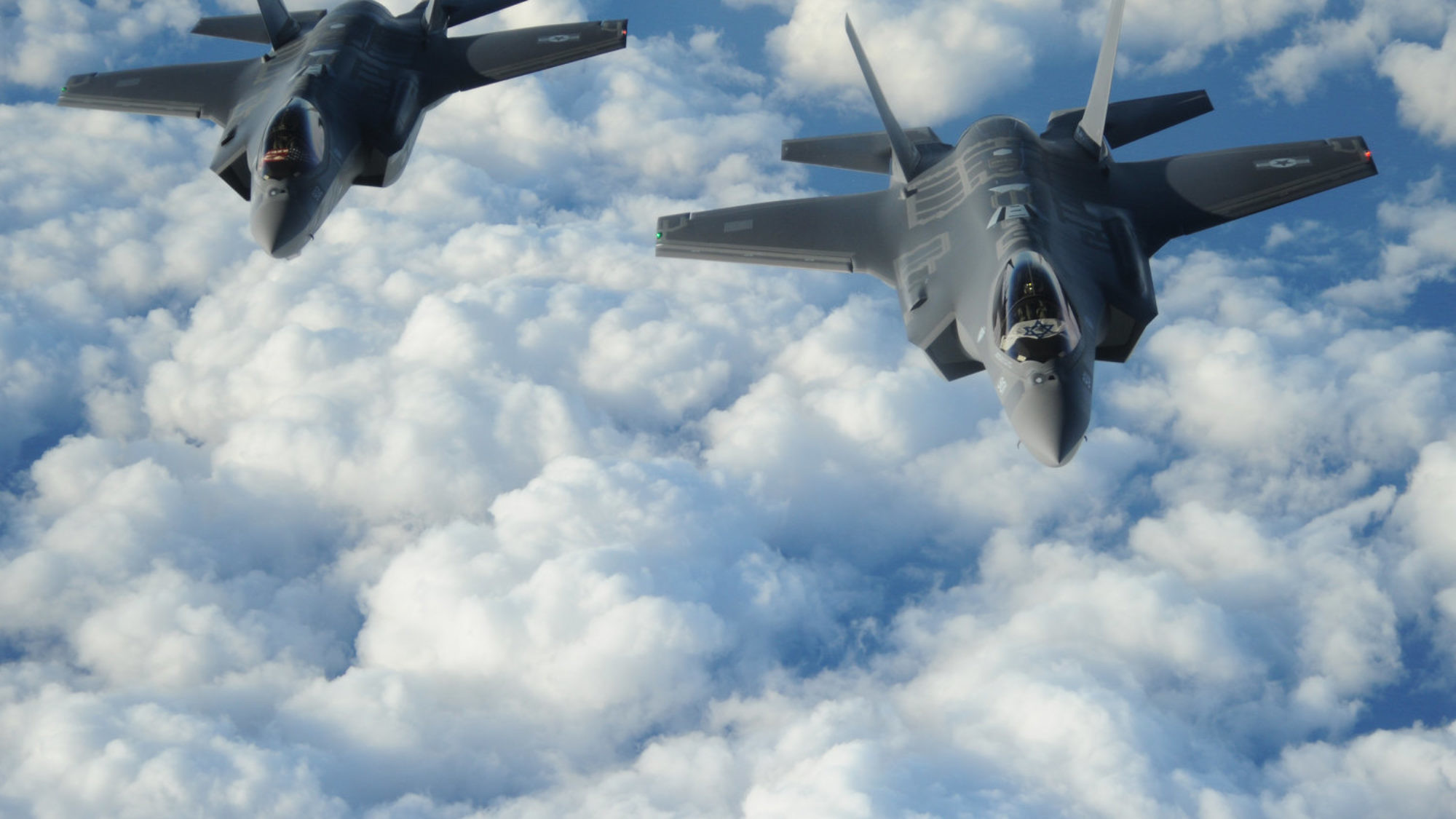In the 11 years that followed since the Israeli strike on Syria’s nuclear-weapons production site, a quiet revolution has occurred within the Israeli defense establishment.
Today, the Israel Defense Forces’ ability to detect, analyze and use intelligence regarding emerging threats is substantially more developed than it was in 2007. This has given Israel unprecedented abilities to deal with emerging threats—the type of dangers that have mushroomed across the region in recent years, amid upheaval and the expansion of Iran and its proxies.
Outgoing chief of the Military Intelligence Directorate, Maj.-Gen. Herzl Halevi, recently described the changes as follows: “The integration between Military Intelligence and the Israeli Air Force has created an intelligence factory for the State of Israel, which has no equivalent [in the world], in terms of the level of accuracy, the ability to remain up to date, the flexibility and the reliability of the operation. This capability has been put to the test many times in recent years, and it has passed with excellence.”

Halevi seems to be referring to what Israeli defense officials dub “the War Between Wars,” which is a reported low-profile Israeli campaign to detect and selectively destroy emerging threats to Israel’s security.
Only a fraction of these alleged strikes—like the latest attack on an airbase in central Syria housing Iranian personnel—receive media coverage. The apparent scope of these operations, as well as the intelligence-gathering that makes them possible, boggles the imagination. An industry of intelligence-gatherers and air-force operations works behind the scenes, nipping threats in the bud and doing so without sparking major wars in the process.
‘A range of capabilities’
Brig.-Gen. (Res.) Ephraim Segoli, head of the Airpower Research Center at the Fisher Institute for Air and Space Strategic Studies in Herzliya, told JNS about how these abilities have evolved.
Segoli, who commanded two combat helicopter squadrons, and was also the commander of the Palmahim helicopter and drone base, south of Tel Aviv, said that Israel’s campaign has expanded significantly.
“In recent years, Israel struck a number of Syrian and Iranian targets on Syrian territory,” he said. “Striking state targets represents an exception to the attacks that have been occurring in the context of the ongoing campaign waged by Israel since 1982 against terrorist organizations to the north and south.”
Nevertheless, Segoli added, obstacles remain. Israel’s ongoing campaign revealed “time and again, the gap between the air-force’s strike capabilities, and the ability to create suitable targets for attack,” he noted. But this gap will decrease, he added, due to the development of a concept known as “area acquisition.”
Area acquisition is based on the ability to continuously observe a certain area over a period of time through a range of sensors, and then fuse all of the intelligence data together into a single picture.
The air force is getting new tools, particularly drones that can fly for long periods, and create what Segoli called “a continuum of learning,” which is being complimented by improved cooperation between the various units responsible for collecting intelligence and creating targets.

As a result, Segoli argued, the gap between the ability to strike a target and detect it will continue to decrease: “The air force will be able to express its potential to the maximum.”
Col. (ret.) Gabi Siboni, director of the Military and Strategic Affairs Program at the Institute for National Security Studies in Tel Aviv, agreed that the IDF’s intelligence abilities are “continuously and consistently improving.” This has been the case since the 2007 strike on the nuclear plant in Syria, he told JNS.
“The ability to accurately strike a target is derived not only from an operational ability—to bring munitions to a particular point, at a particular time—but mainly from the ability to locate the target,” said Siboni. Other factors making such strikes possible include the ability to certify the likelihood of an enemy being inside the target to examine ways to strike it, and afterwards “to conduct an assessment to see what happened after the strike and confirm that it has been destroyed,” he explained.
Siboni, a former chief of staff of the Golani Brigade, said Israel makes use of many ways to gather, analyze and assess intelligence to complete such missions. “The IDF and the State of Israel have a range of capabilities in this area,” he said.
Yet he also cautioned that during times of war, such precise intelligence is not always going to be available. As a result, other key abilities will be necessary to achieve gains during war, he said, including the ability to think cunningly, to get IDF branches to work together, to have a determined command and to be guided by combative spirit.


























